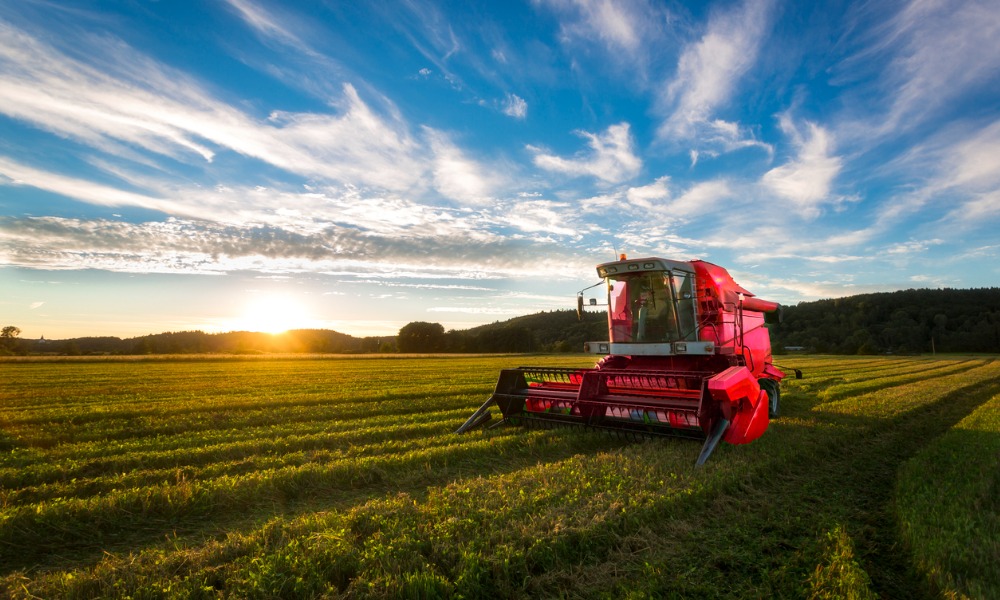Farming Futures: How parametric insurance can protect against climate risks

Farming Futures: How parametric insurance can protect against climate risks | Insurance Business Australia
Environmental
Farming Futures: How parametric insurance can protect against climate risks
New insurances using agri-science to broaden crop risk management
Environmental
By
Althea Javellana
In the realm of agriculture, the stakes are uniquely high. Farmers are perpetually at the mercy of nature, facing threats such as droughts, floods, and frost—all of which can devastate crops and livestock, and by extension, their financial stability.
Despite meticulous planning, some agricultural risks remain beyond control, leading to significant financial loss. For instance, high fertiliser costs might prompt farmers to reduce usage, potentially resulting in lower yields. Alternatively, anticipating a failed crop due to drought, a farmer might minimise fertiliser application to cut costs, only to miss out on what could have been a successful harvest had the weather been favourable.
However, what if we could anticipate these risks more scientifically? Enter the concept of agricultural systems’ science and the development of specialised financial products such as agricultural insurance. This kind of tailored insurance could help farmers manage costs and enhance their income by ensuring better input management and safeguarding against unexpected downturns, according to a report by CSIRO.
One approach gaining traction is parametric insurance. Unlike traditional indemnity insurance, which is often slow and labour-intensive due to the need for individual claim assessments, parametric insurance offers a quicker, more streamlined process. It bases premiums on specific parameters related to agricultural risks, facilitating faster and more efficient claim settlements.
For example, a farmer concerned about insufficient rainfall could insure against this possibility. If the anticipated rains don’t materialise, resulting in lower crop yields, the farmer receives compensation, thus mitigating the financial impact.
This type of insurance encourages smarter resource management, such as reducing water usage when rain is expected, with the security of insurance if the forecast fails and yields suffer.
Moreover, parametric insurance holds promise for environmental benefits. In regions like north Queensland, sugarcane farmers have adopted it to reduce nitrogen fertiliser usage, thereby decreasing runoff into the Great Barrier Reef while still protecting their financial interests should crop yields fall below expectations.
Research and development continue to expand the application of parametric insurance, with projects underway to explore its potential for other crops like wheat, especially under the Drought Resilience Mission. This initiative aims to develop yield-based index insurance products, fostering a shared risk strategy between farmers and insurers during dry spells or drought conditions.
This evolving field of parametric insurance represents a significant step forward in agricultural risk management. By leveraging science and innovative insurance models, it offers a pathway to more sustainable and resilient farming practices.
Do you have insights or thoughts about the developments in agricultural insurance? Share your views below.
Related Stories
Keep up with the latest news and events
Join our mailing list, it’s free!






